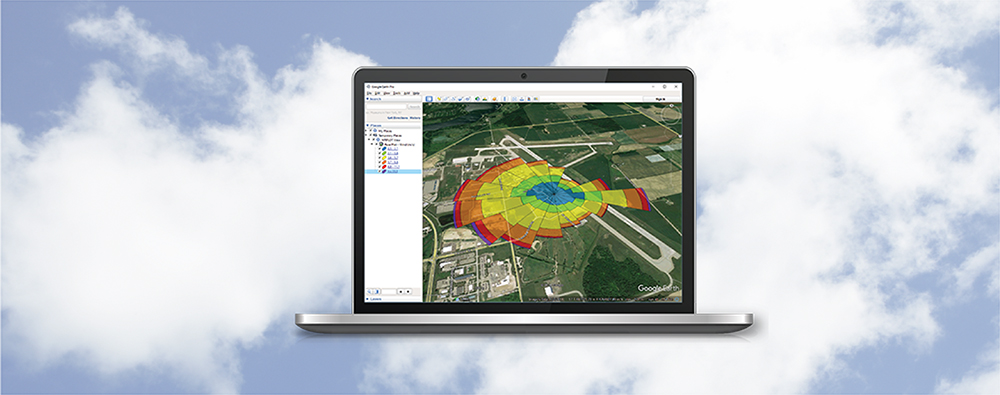The US EPA AERMET model is a meteorological preprocessor that prepares meteorological data into a format suitable for use by the US EPA AERMOD model. AERMET requires the input of two types of met data:
1. Hourly surface meteorological data
2. Twice-daily upper air sounding data
UPPER AIR SOUNDING DATA
The upper air sounding data is required because it provides measurements of meteorological parameters from various vertical levels above ground thus providing a more complete view of the atmosphere at a given time. This data is recorded from weather balloons launched simultaneously around the globe at 00Z and 12Z each day. Data are made available from several resources including the NOAA/ESRL Radiosonde Database.
Problems can occur when sounding launch sites are not available in the vicinity of the modeling site. While surface-based observation networks can be very dense, there are far fewer upper air stations because conditions become much more homogenous at higher vertical levels. A few measurements will still provide a lot of data required for various meteorological operations.
THE UPPER AIR ESTIMATOR
When representative upper air data cannot be obtained, however, modelers must still provide data to AERMET in order to complete its processing. Direct measurements of mixing heights can be provided as an alternative to the upper air data, but it is rare to find such data.
Lakes Environmental’s AERMET View contains one solution – the Upper Air Estimator. This utility estimates convective mixing heights based on surface meteorological data.
To use the Upper Air Estimator, follow the steps below:
1. Populate your AERMET View project with your Surface and/or Onsite met data
2. From the Upper Air Pathway, select the Upper Air Estimator option
3. Specify the Time Zone for the location where the modeling is taking place
4. Run AERMET. AERMET View will run AERMET by using the Estimator to generate mixing heights.

For more information about the Upper Air Estimator, please refer to the document Worldwide Data Quality Effects on PBL Short-Range Regulatory Air Dispersion Models on our Technical Resources webpage.


